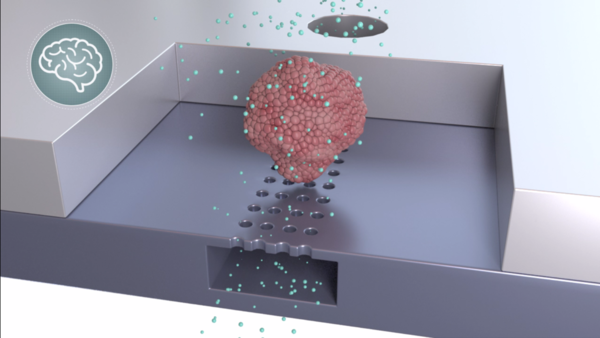Modeling Parkinson’s disease
Parkinson’s disease (PD) is characterised by the progressive loss of dopaminergic neurons in the substantia nigra region of the brain. Despite intensive research, the cause of the disease is still elusive and there is currently no disease-modifying therapy for its treatment. Therefore, it is crucial to achieve a better understanding of the mechanisms underlying the neuronal degeneration. A major shortcoming toward this goal is the lack of human-specific predictive models for PD. In this project, a new public-private partnership in the Netherlands and Luxembourg is initiated to address this scientific and technological gap, by building an innovative experimental platform that recapitulates the essential features of PD.
PD is the second-most prevalent neurodegenerative disorder in the aging population. More than 10 million people worldwide are living with PD, with about 50,000 in the Netherlands alone (~3 in every 1000 people). PD incurs a total healthcare cost of ~€220 million in the Netherlands (2011 data), placing an immense economic burden to the society. Moreover, these numbers are expected to double in the coming decade due to demographic aging.
In this project, The partners have successfully established a novel midbrain organoid model that is stable for long-term culture, using an innovative on-chip system. The system ensures media supply by continuous and controllable flow during long-term culture. This enables the cultivation of midbrain organoid with PINK1 mutation genotype, thereby effectively establishing a new disease model for dissecting the complex pathophysiological features of PD. This technology is anticipated to facilitate the use of organoids as a tool for Parkinson's disease modelling and personalised therapeutic screening.




